

Clinico-Genomics Data: Is The Next Leap in Drug Development The Right Approach?
Lifebit
As genomic, phenotypic and clinical data are continuously being generated at an exponential pace, the biopharma industry must find more efficient ways of accessing and working with large volumes of complex and siloed data. This is especially critical for big pharmaceutical companies that need to optimise and accelerate clinical research and drug development processes. In a recent interview with Pharma Exec, our CEO, Dr. Maria Chatzou-Dunford, sheds light on the significant challenge the industry faces with regards to accessing siloed biomedical data effectively, without compromising data safety.
In the article, Chatzou-Dunford explains that current technologies used for data accessibility are no longer sustainable as datasets have massively grown in size and complexity, and are projected to continue doing so. For instance, by 2025, it has been estimated that more than 500M human genomes will have been sequenced in a clinical setting. Current techniques which involve the regular movement of sensitive data into a centralised environment, such as a data lake, involve steep transfer costs and long transfer times. Other significant roadblocks are the strict national regulatory frameworks which differ from country to country – sensitive biomedical data is often restricted from crossing borders, leaving companies to deal with substantial data silos.
Over the last few years, we have entered the Genomics 2.0 era which offers a new generation of technologies for data accessibility which avert risky data transfer practices. These are built on the principles of federated data access which means that users can run analyses over multiple sets of disparate data as if they were located in one place. These state-of-the-art approaches help overcome the issue of cross-border data movement, as data never move – rather they are virtually linked through federation. The transition from Genomics 1.0 to Genomics 2.0 is a major step towards streamlining access to data and provides companies with innovative ways of ensuring patient data security while remaining compliant with relevant regulatory data frameworks.
It is innovative technologies such as these that will help unlock biomedical data that would have otherwise been inaccessible and will drive the industry’s potential for developing new drugs.
Featured news and events
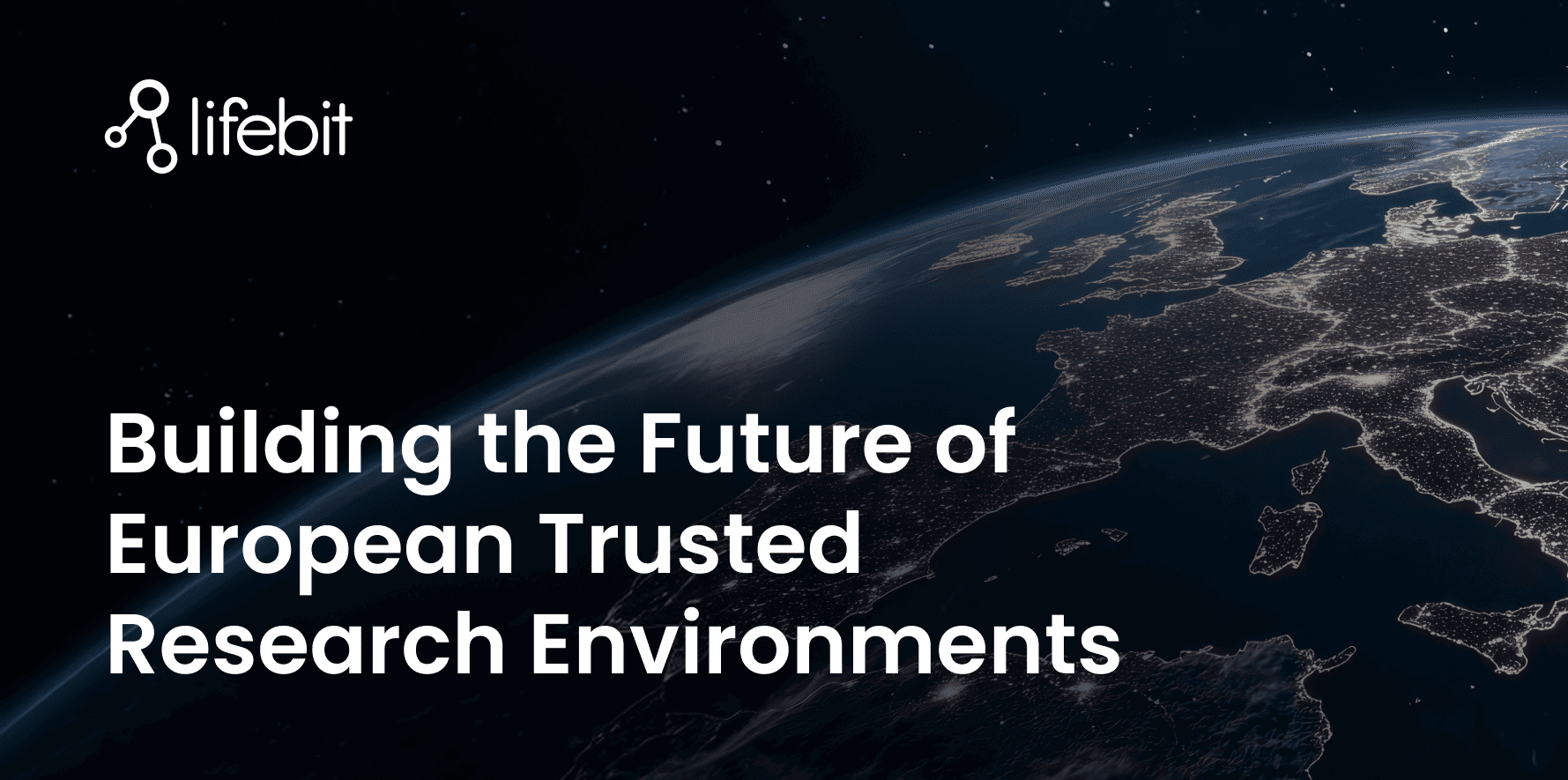
2025-03-26 11:17:46
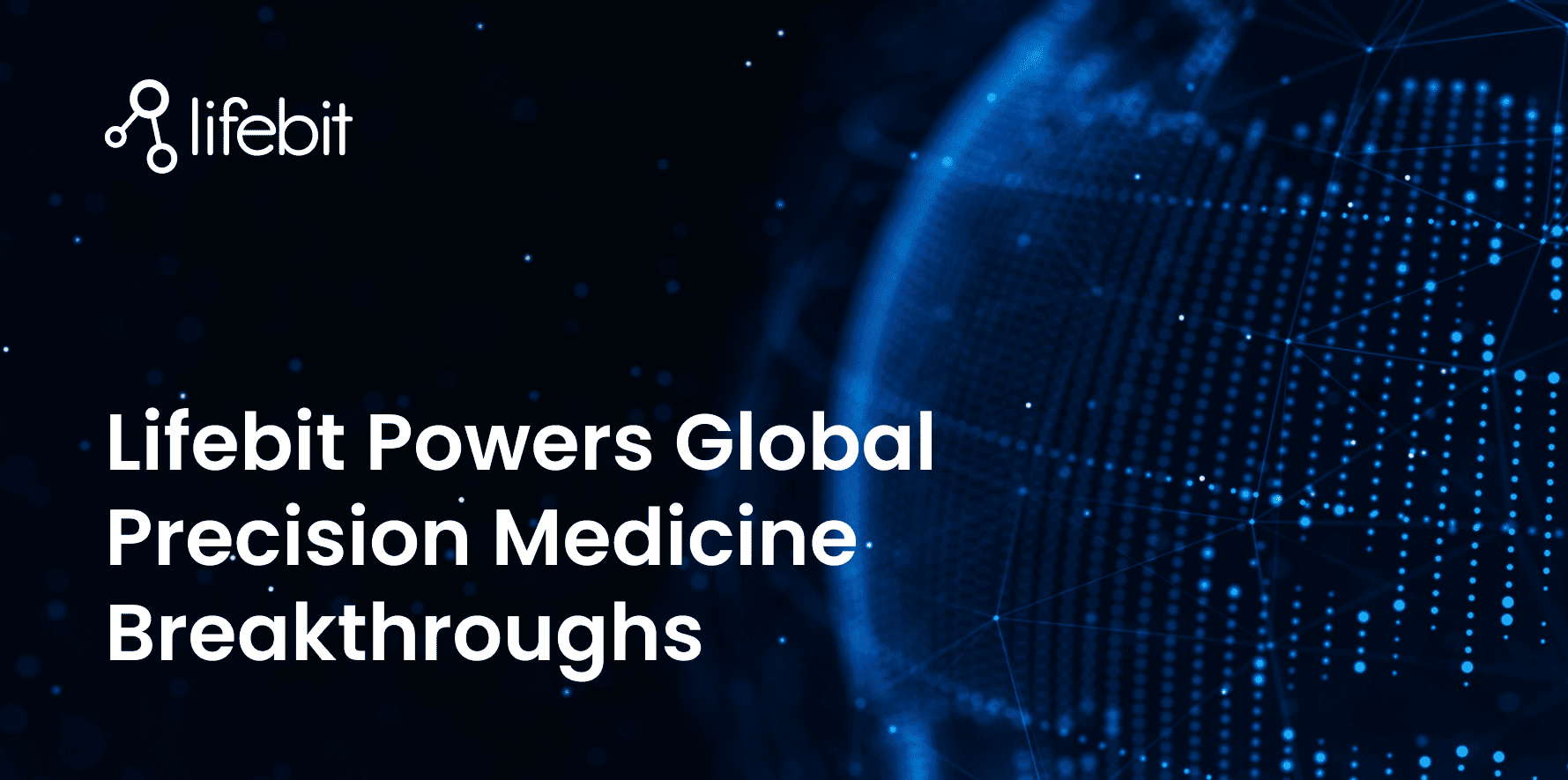
2025-03-14 15:45:18
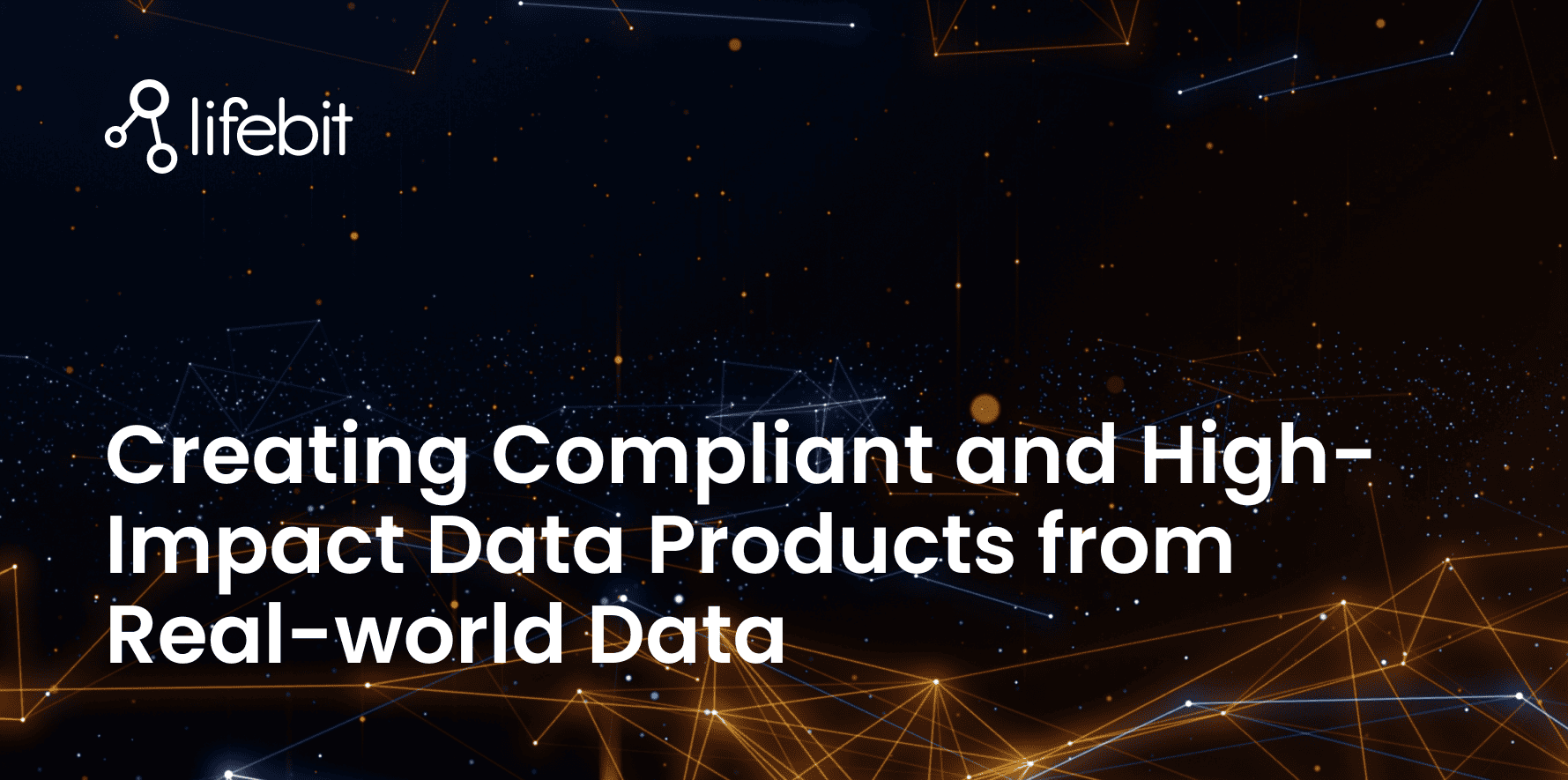
2025-03-05 12:49:53
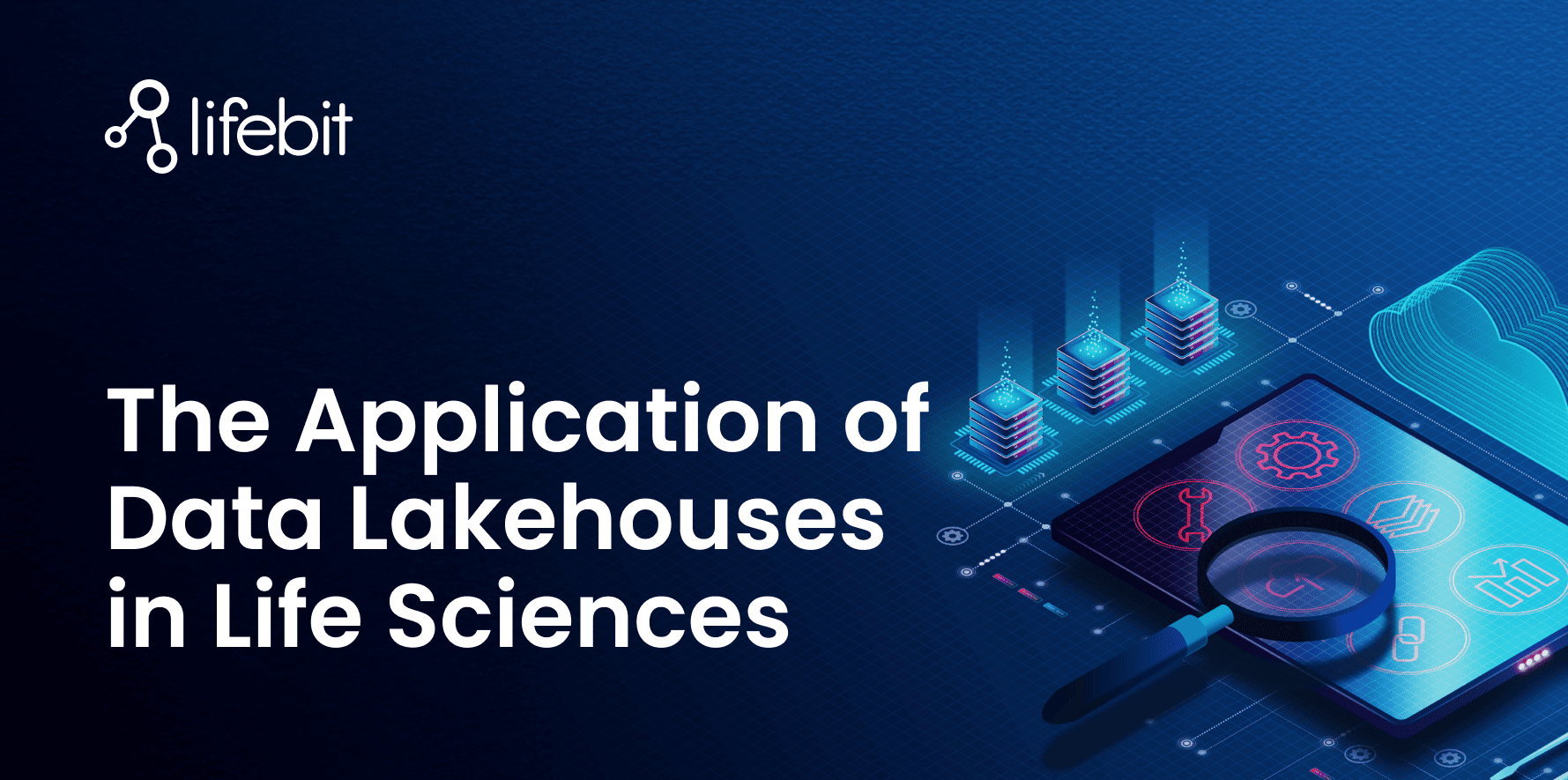
2025-02-27 10:00:00
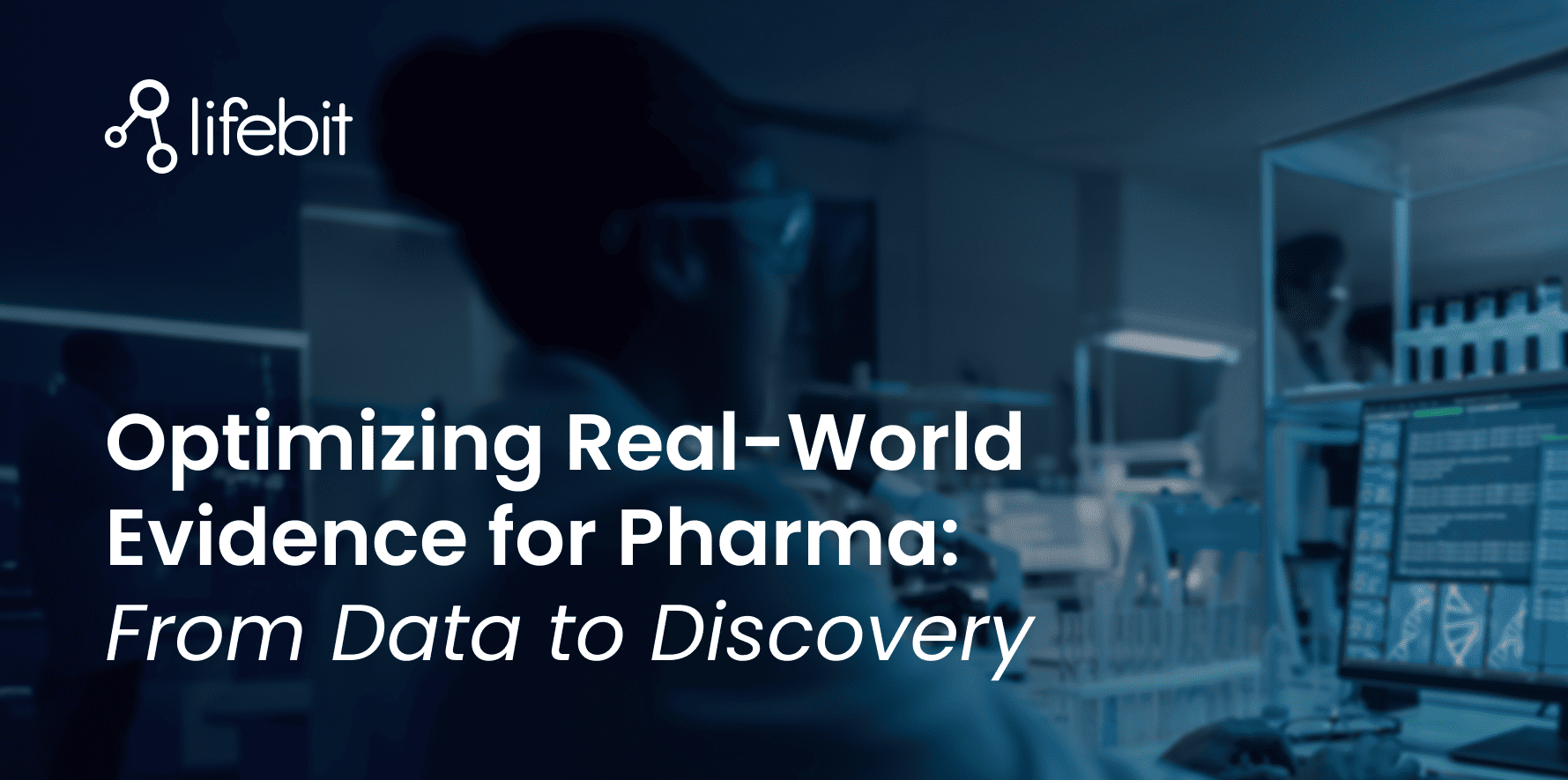
2025-02-19 13:30:24
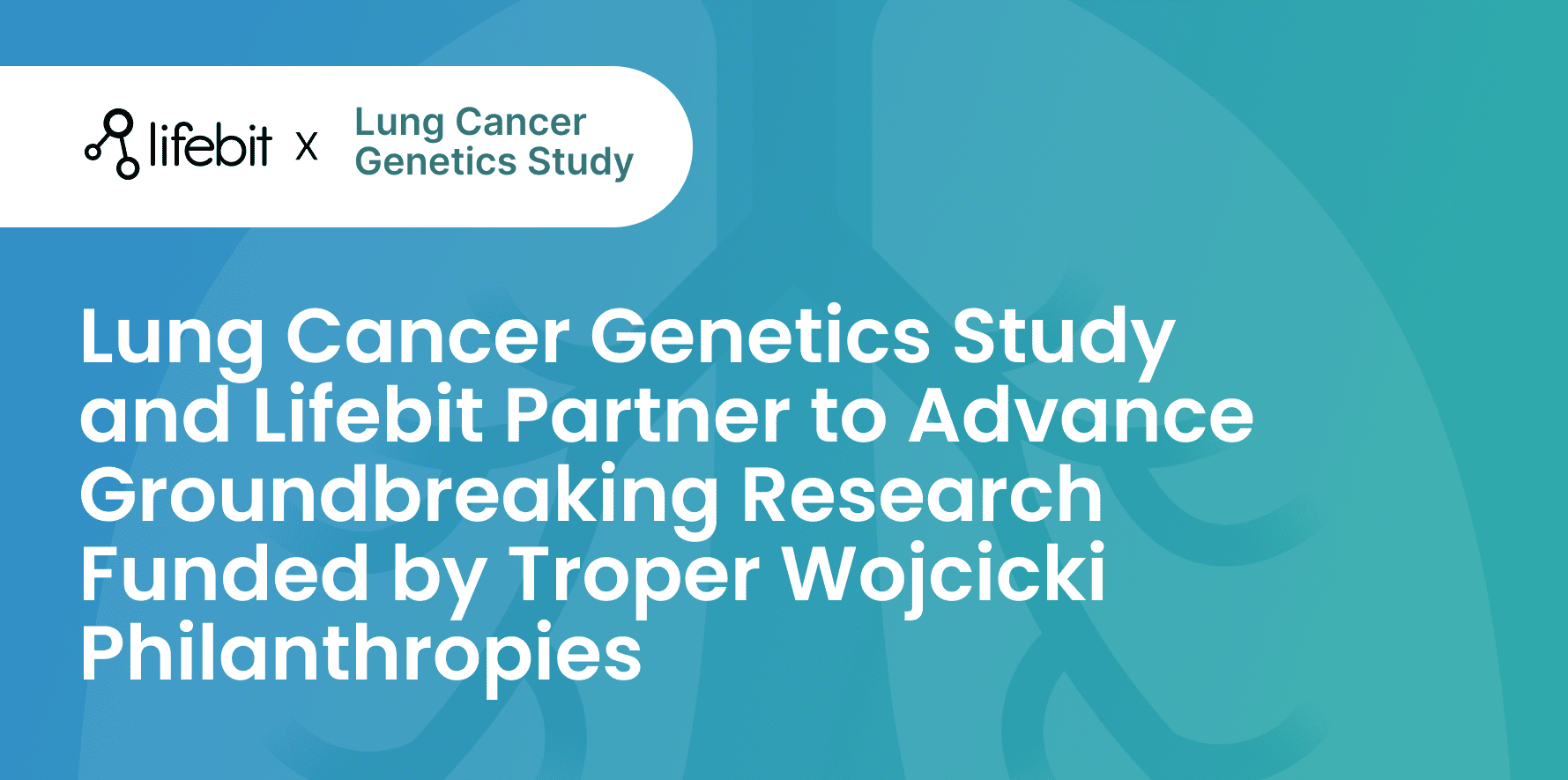
2025-02-11 08:39:49
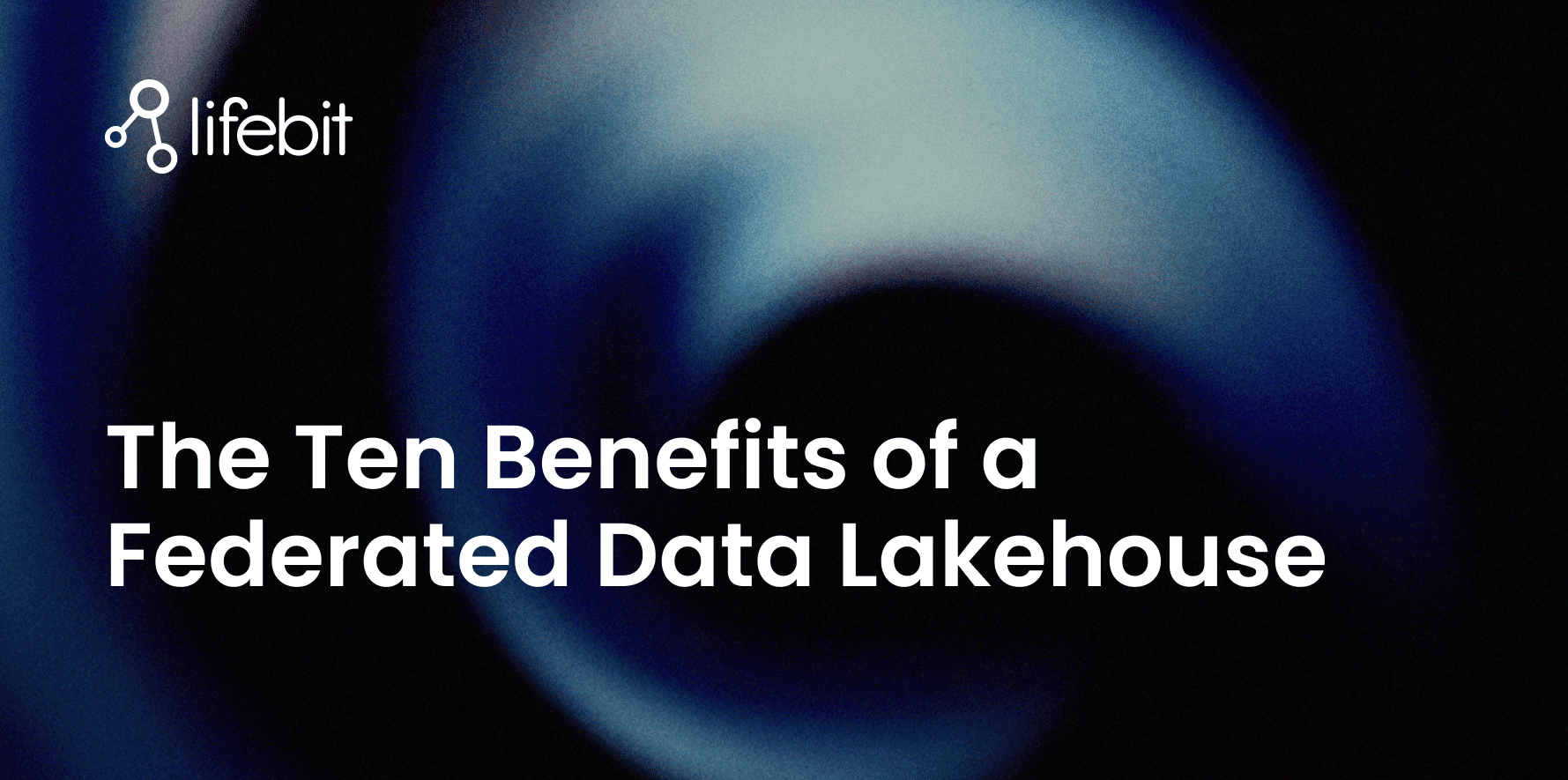
2025-01-30 12:47:38
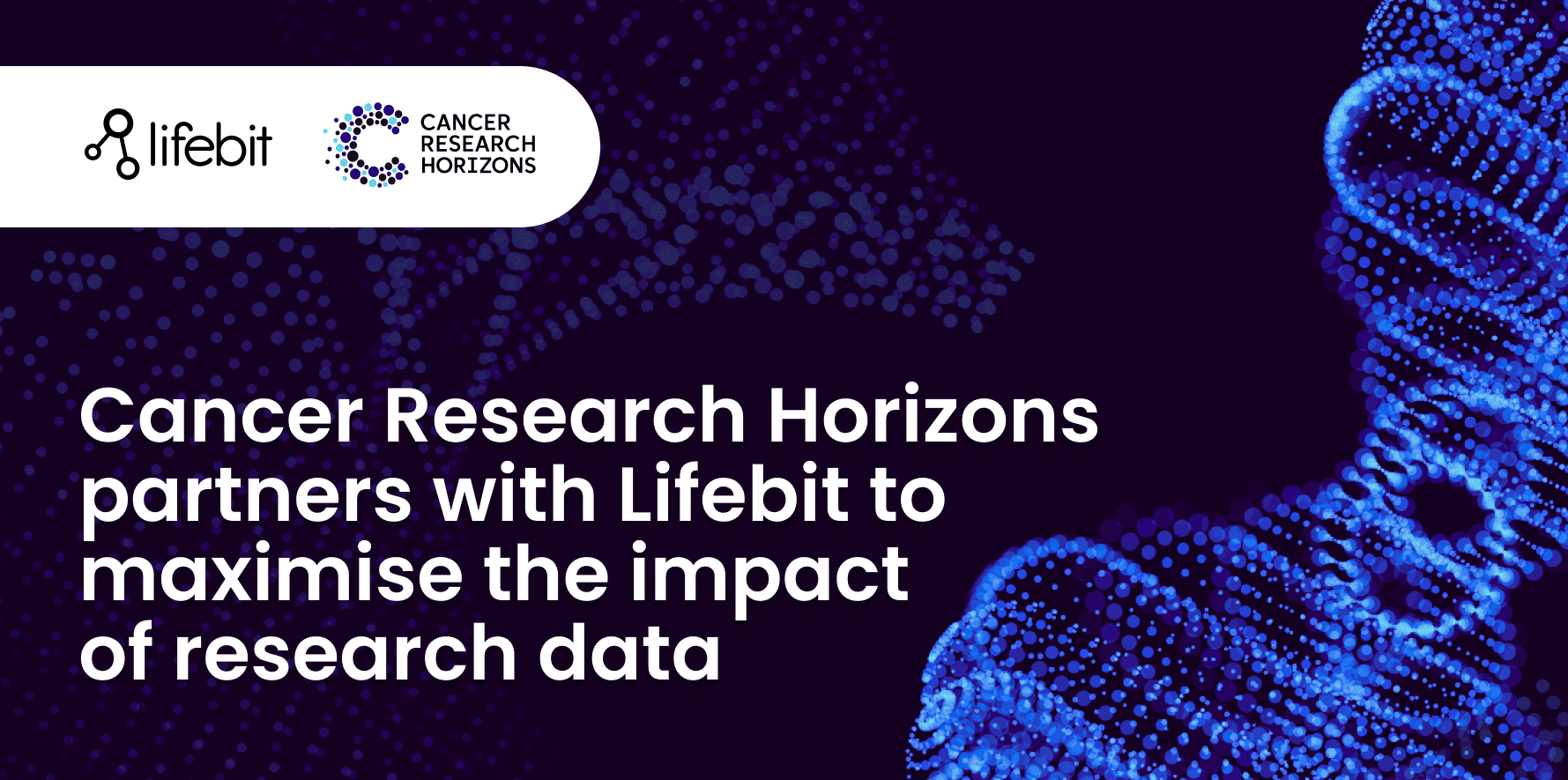
2025-01-28 08:00:00

2025-01-23 09:07:20
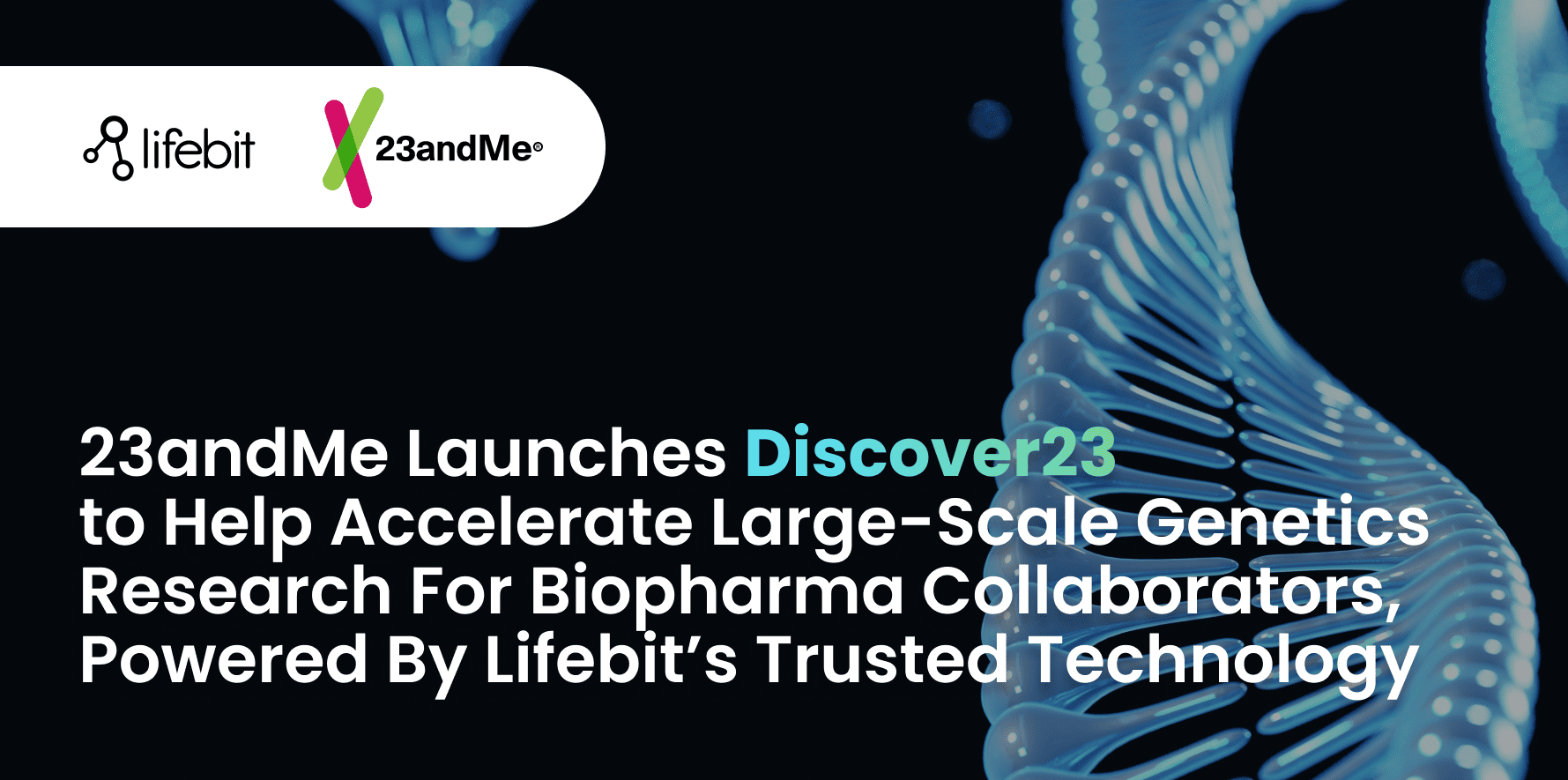
2025-01-08 13:58:41

.png)